- News
-
-
-
-
-
Latest News Articles
- ‘Supercomputing’ uncovers information about great gray owl May 1, 2024
- Shedding light on vanishing fireflies May 1, 2024
- JWM: Problem crocs in Darwin, Australia come from far and wide April 30, 2024
-
-
-
- Wildlife Professional Resources
-
- Our Network
-
- PUBLICATIONS
-
-
Recent Posts
-
 The Wildlife Professional November/December Issue
November 1, 2023
The Wildlife Professional November/December Issue
November 1, 2023
-
-
-
-
-
-
- Wildlife Events
-
-
-
Upcoming Webinars
- No Events
-
-
-
- Who We Are
-
Category: TWS Wildlife News
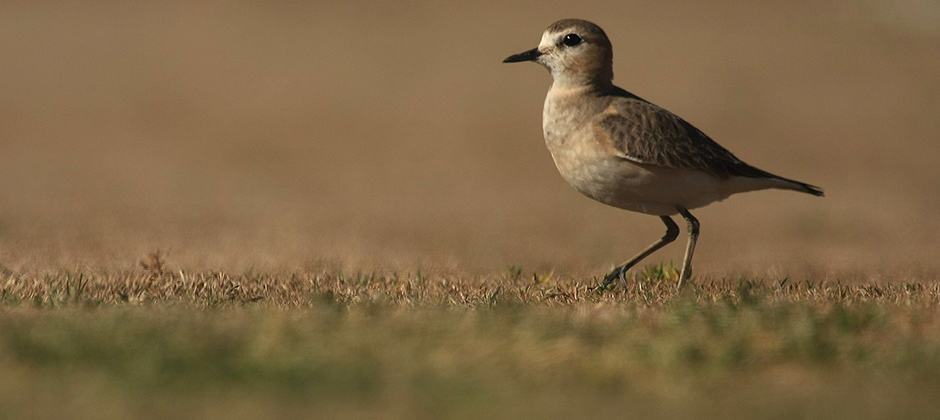
April 27, 2020
Imperiled mountain plovers use prairie dog colony edges
In Wyoming’s Thunder Basin National Grassland, imperiled mountain plovers choose nesting habitats on the edges of black-tailed prairie dog colonies, researchers found. The grassland plover species is known to nest...
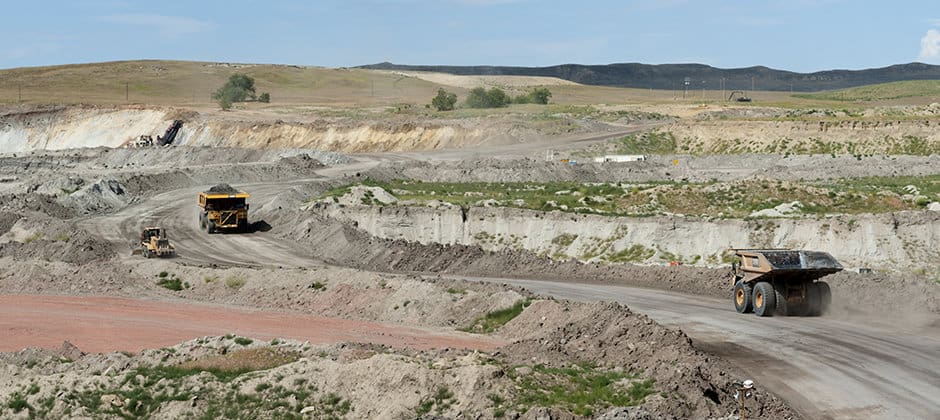
April 27, 2020
Are environmental impact assessments short on science?
Environmental impact assessments used in many countries to analyze the effects of human activities on wildlife and ecosystems have scientific shortcomings the world over, according to new research. Many of...
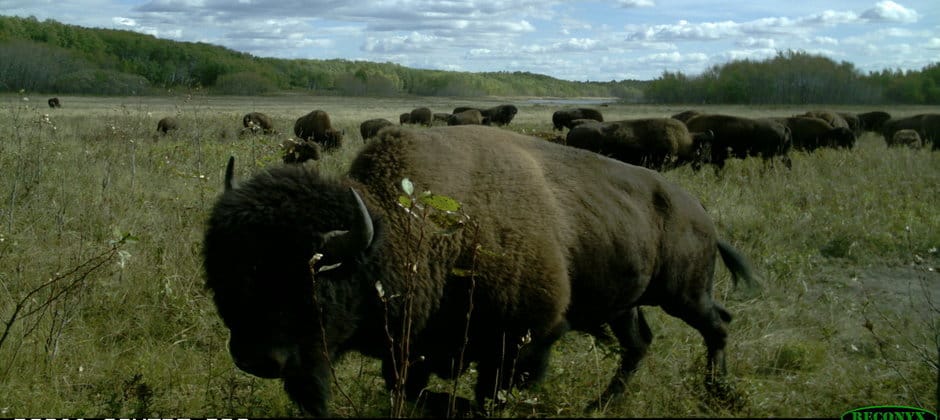
April 24, 2020
Wandering bison spread invasive plants in Canadian park
Marie Sigaud was studying bison behavior in Prince Albert National Park in Saskatchewan when she observed some strange behavior. While the bison (Bison bison bison) spent their days in the...
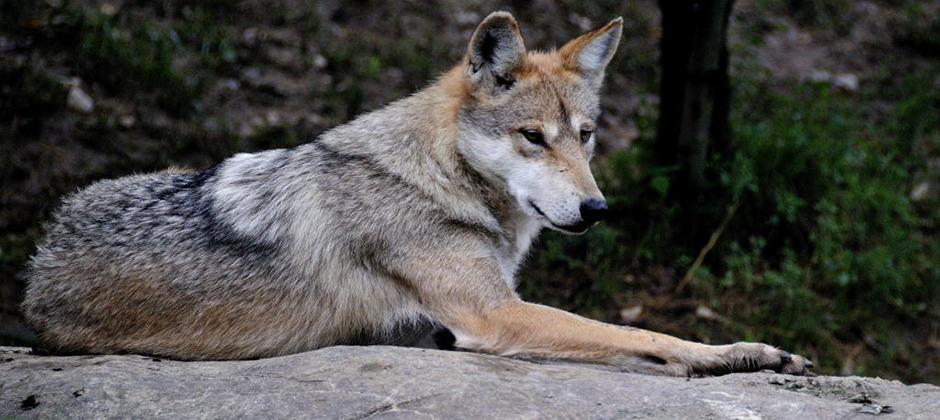
April 23, 2020
U.S. Fish and Wildlife Service to review Mexican wolf management
In response to a 2018 court order, the U.S. Fish and Wildlife Service will review its Mexican gray wolf management by preparing a supplement to their 2014 environmental impact statement....
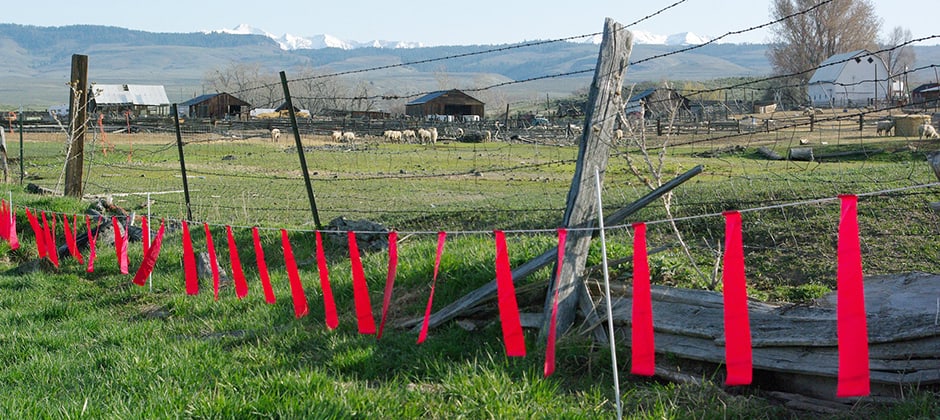
April 23, 2020
WS to launch nonlethal predation management projects
USDA-Wildlife Services has identified 12 states where it will implement nonlethal strategies to reduce or prevent depredation on livestock by wildlife. The fiscal year 2020 budget allocated $1.38 million for...
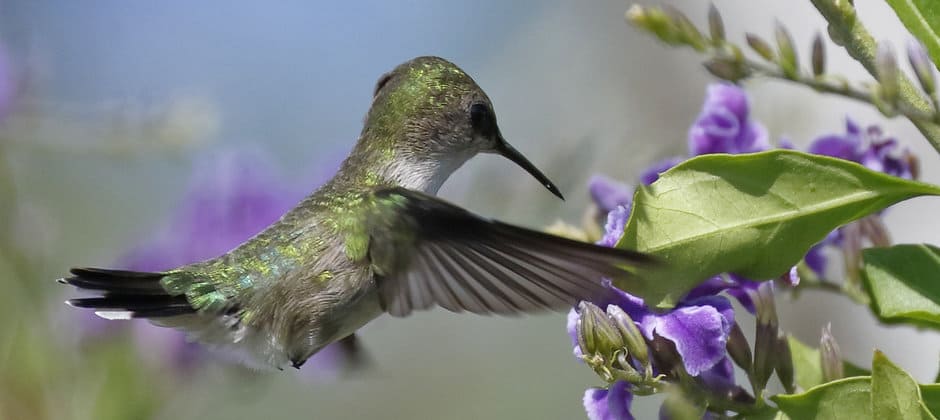
April 22, 2020
Seventy-five species to be added to the Migratory Bird Treaty Act
The U.S. Fish and Wildlife Service will add 75 species to the list of bird species covered by the Migratory Bird Treaty Act. The agency will also remove eight species....
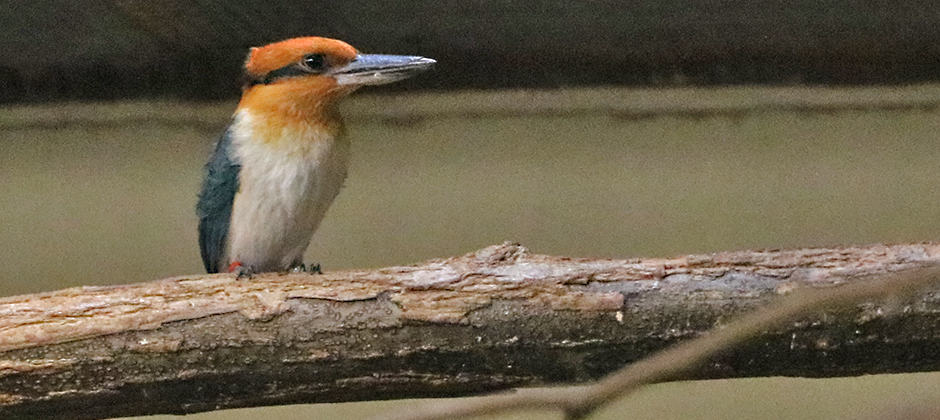
April 21, 2020
Reviving once extirpated Guam birds
Colored in drab brown with zebra-like stripes across its breast and standing about a foot tall, the Guam rail that zookeepers call Tasi isn’t much to look at in first...
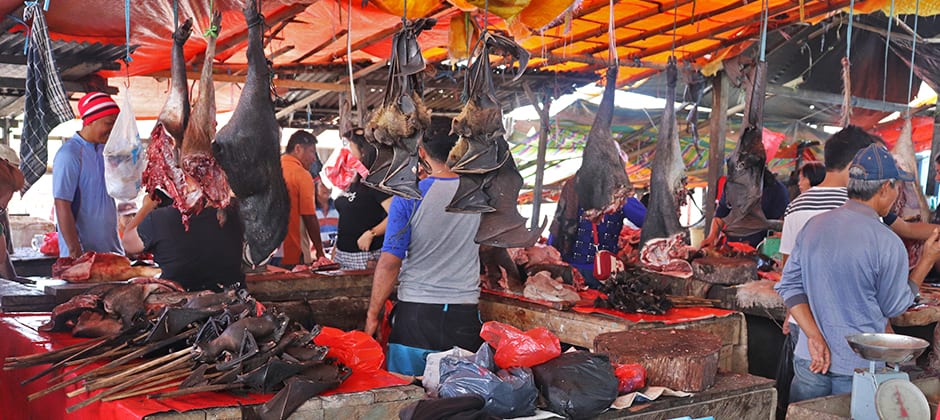
April 21, 2020
Close human-wildlife contact means more possible disease spread
Habitat degradation, wildlife exploitation and wildlife adaptation to anthropogenic resources all put animals in closer contact with people, which researchers say help zoonotic diseases — like the novel coronavirus —...
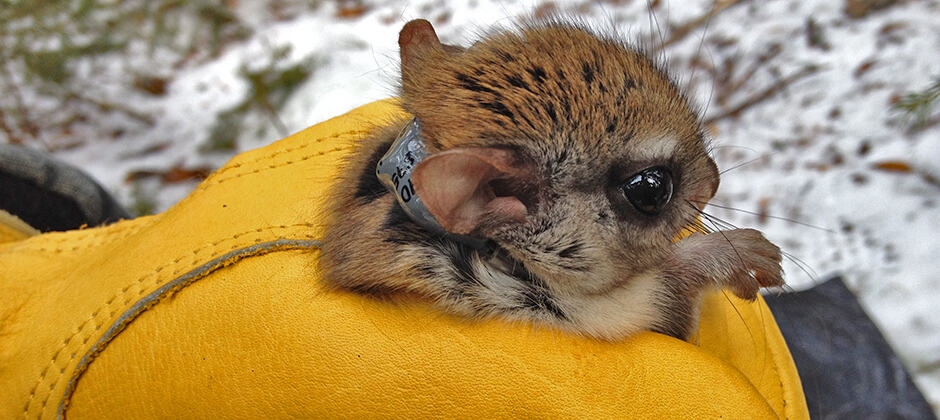
April 20, 2020
WSB: How to best use acoustic monitoring to survey flying squirrels
Trapping elusive flying squirrels isn’t easy — some research shows biologists have just a 1% success rate. Nest boxes are another option, but they sometimes have to be deployed for...
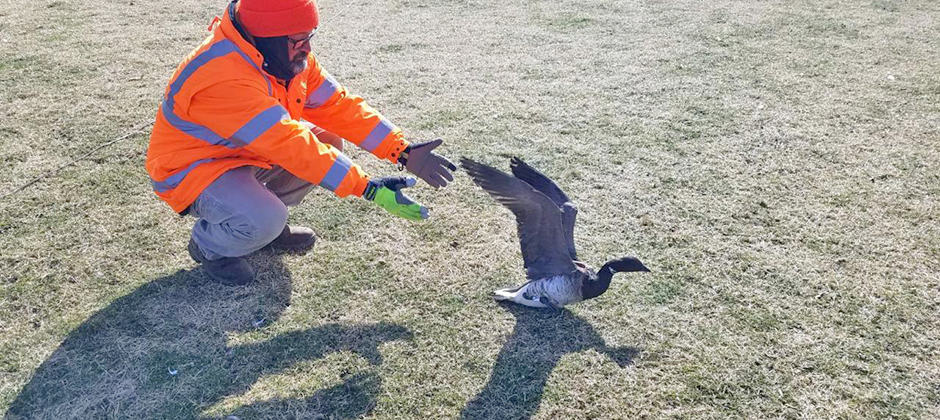
April 17, 2020
Helping band Atlantic brant in New Jersey
Wildlife Services has worked with Middlesex County Parks since 2014 to manage wildlife damage by many species. Since our efforts focus on Canada goose and Atlantic brant management, when the...

